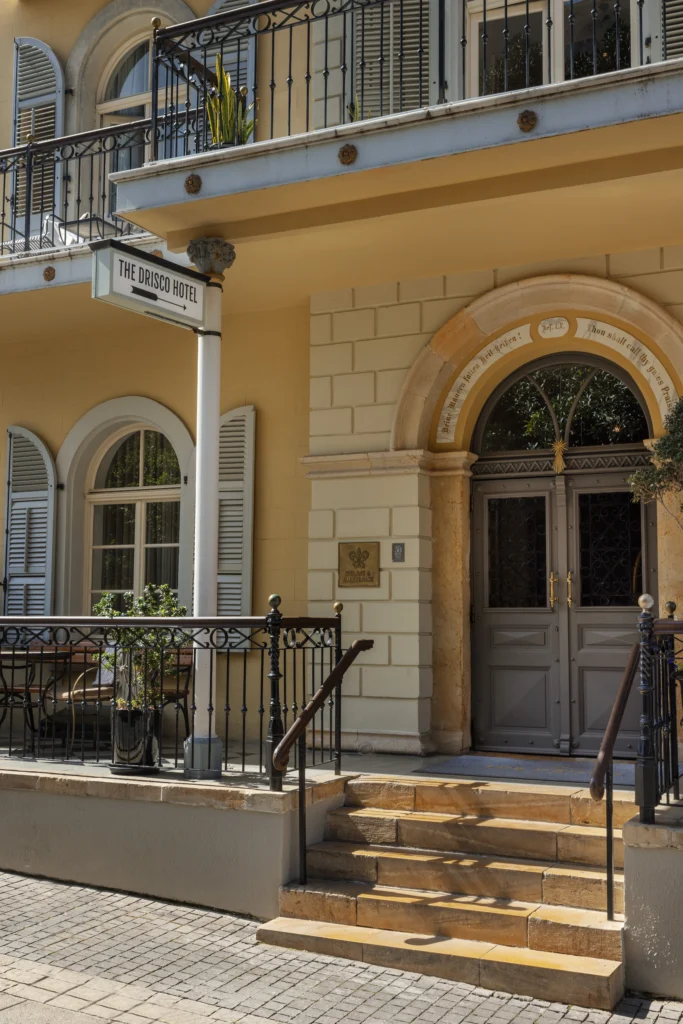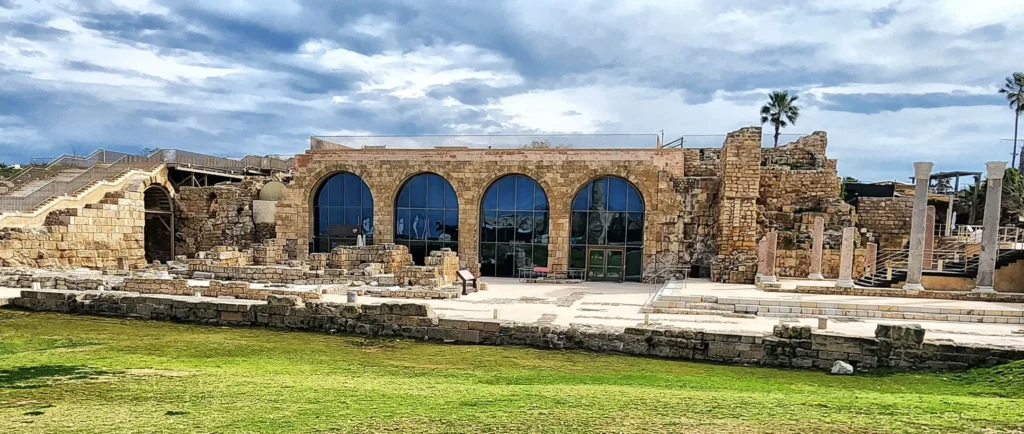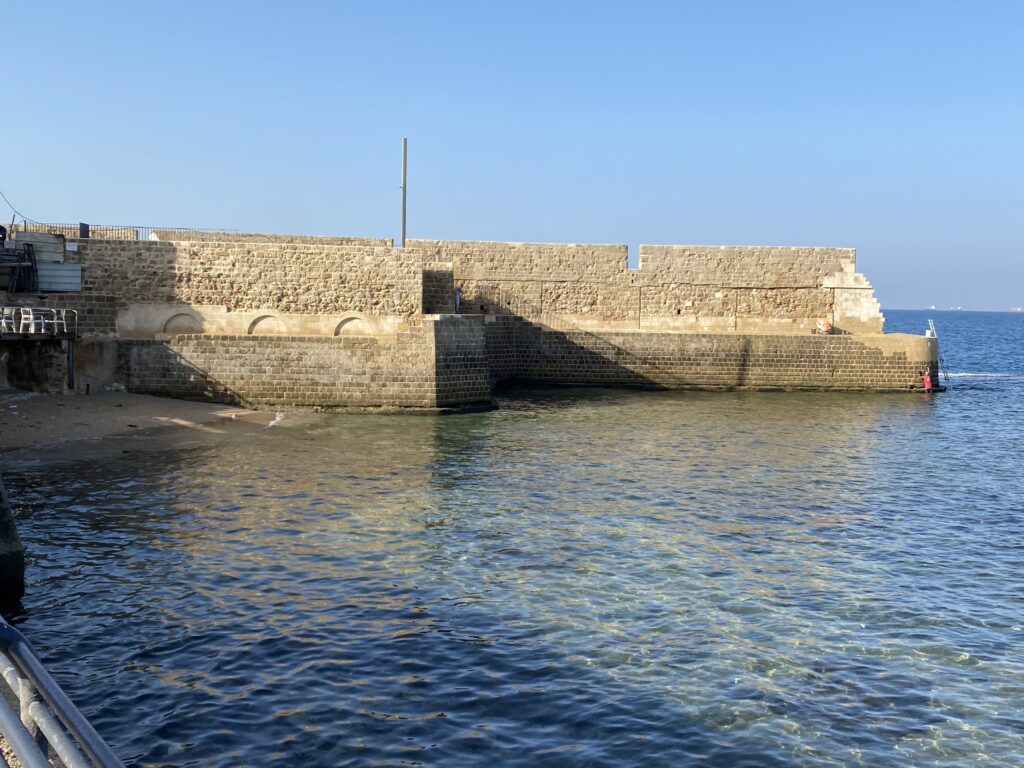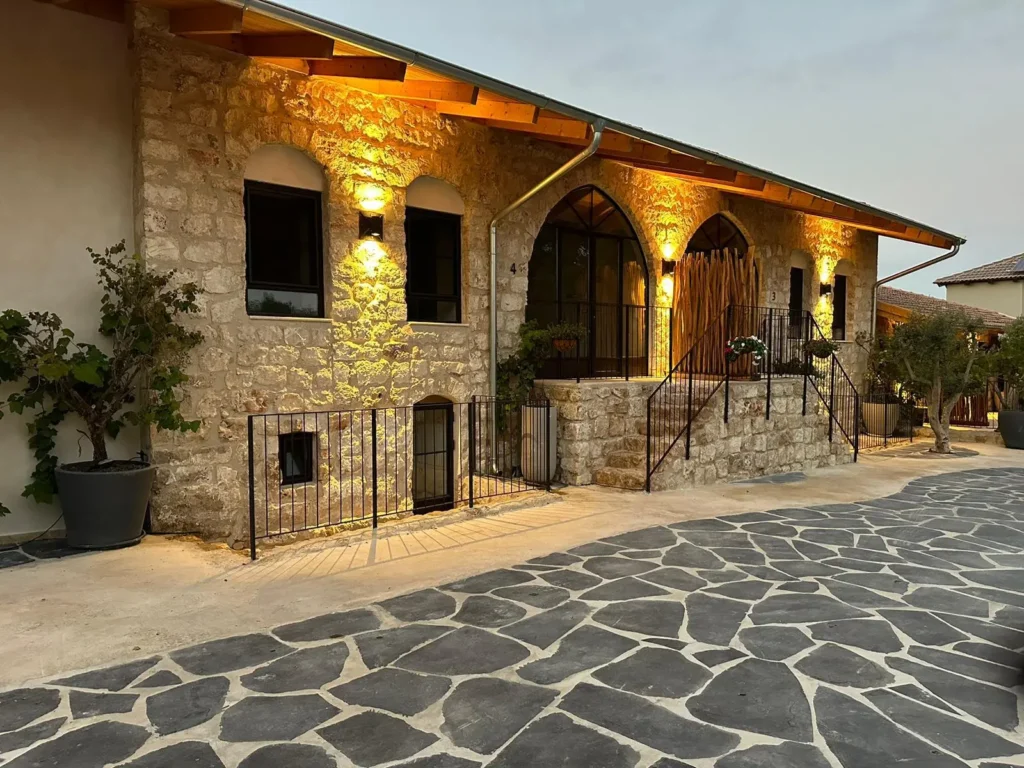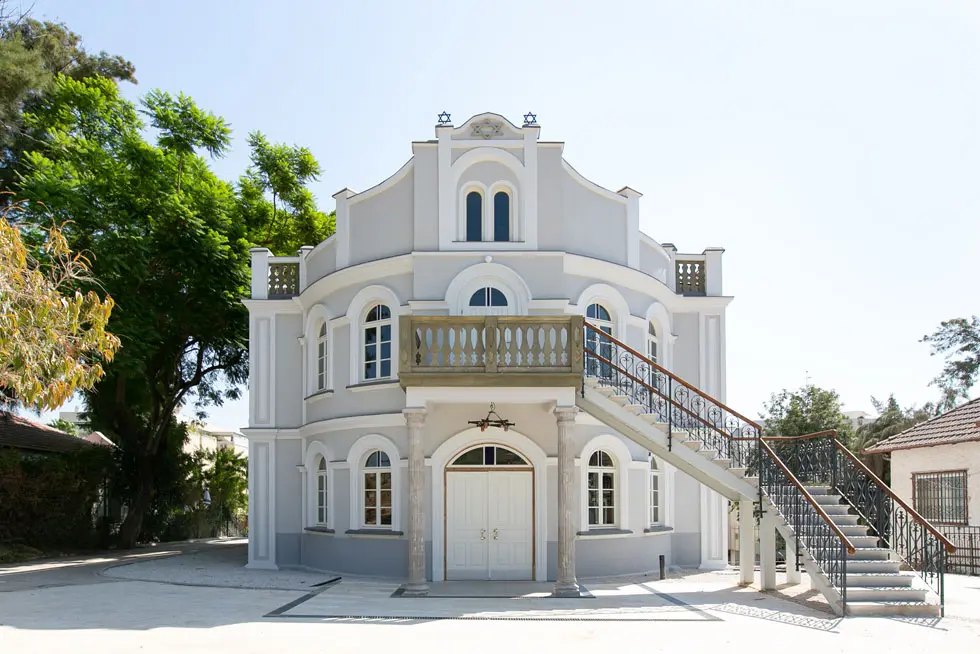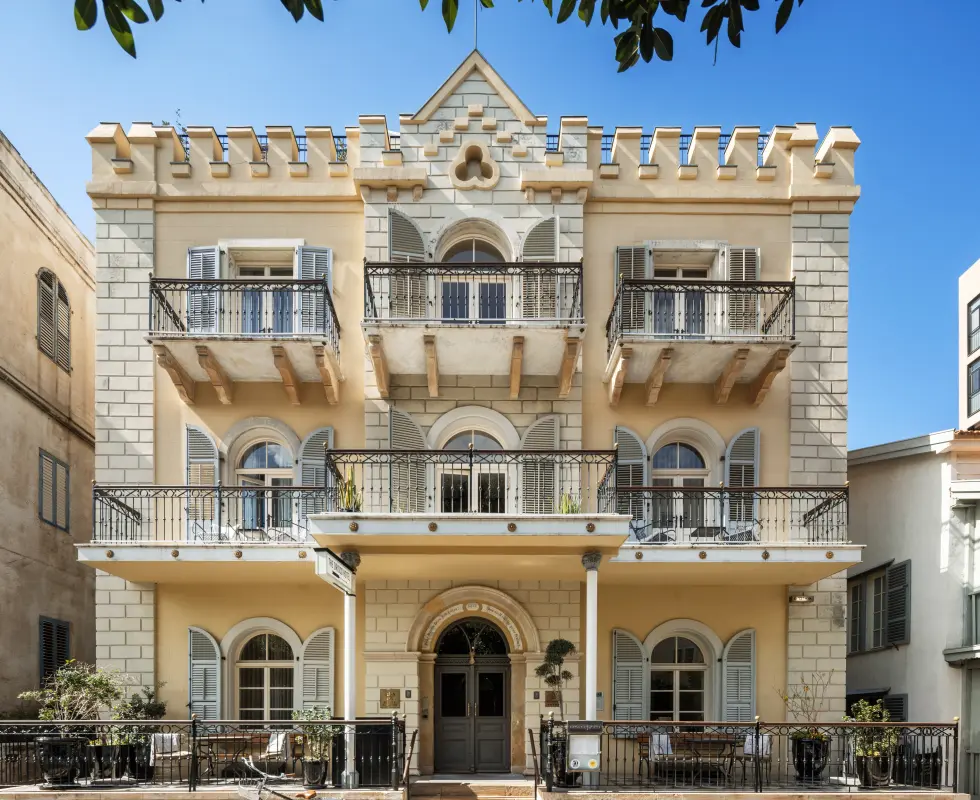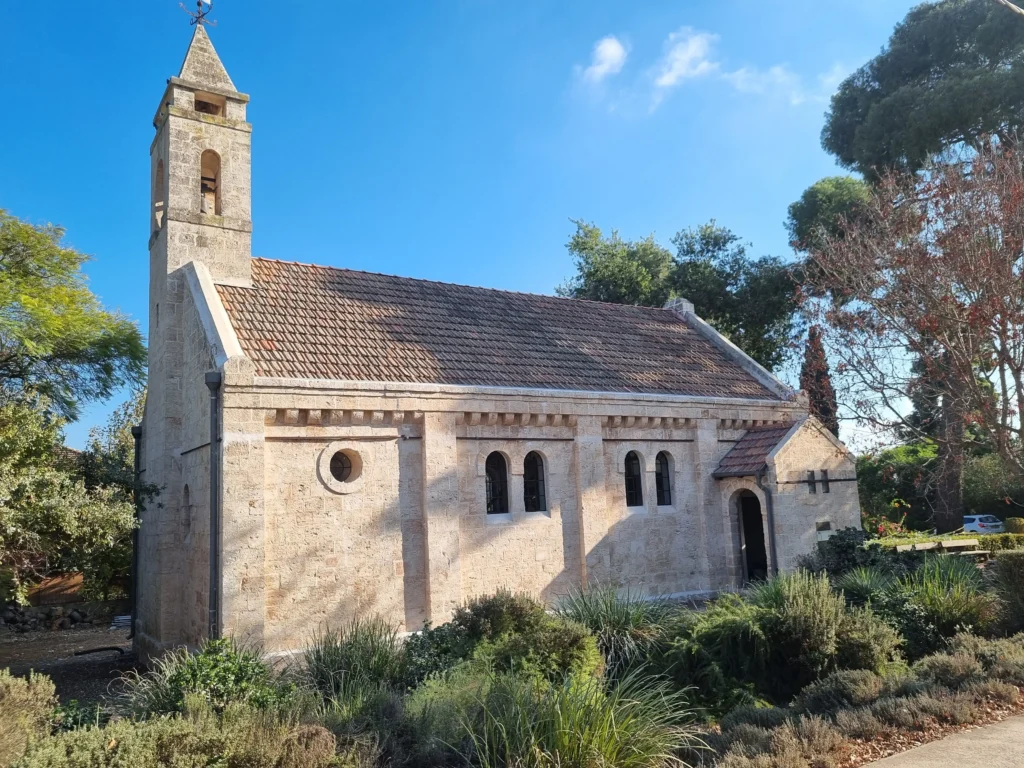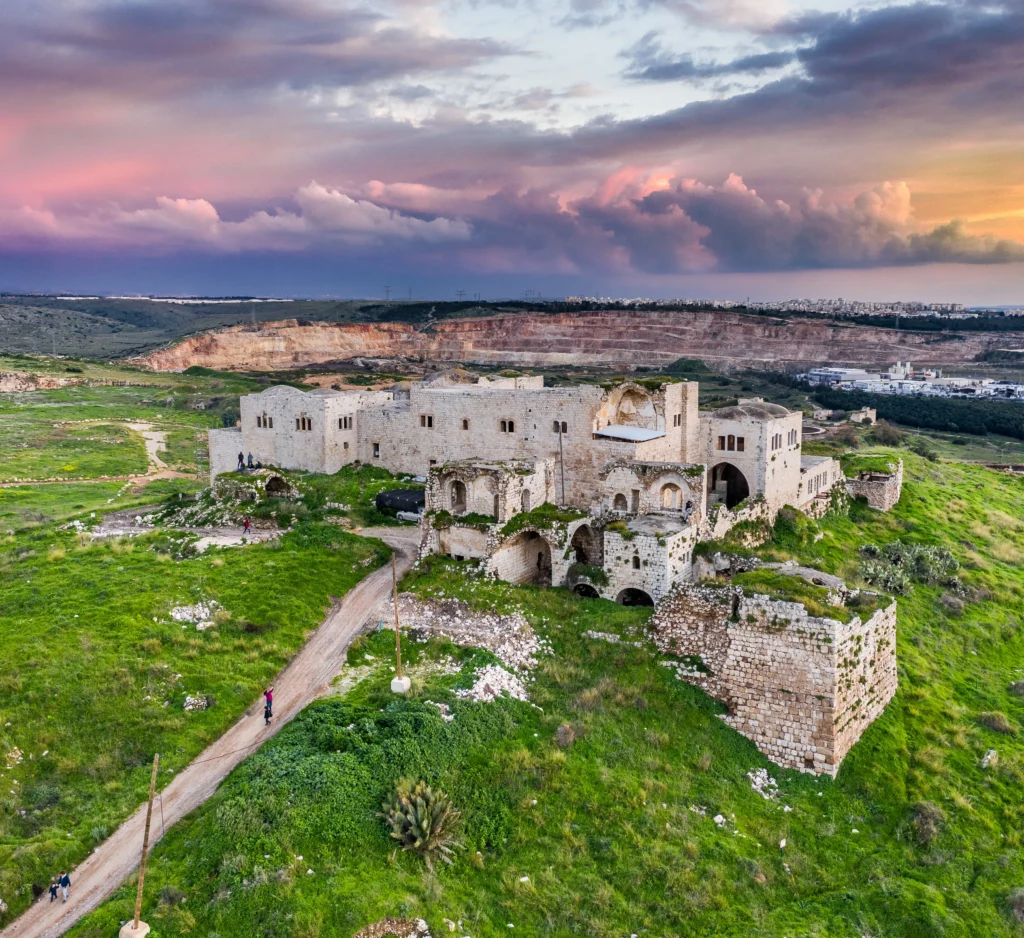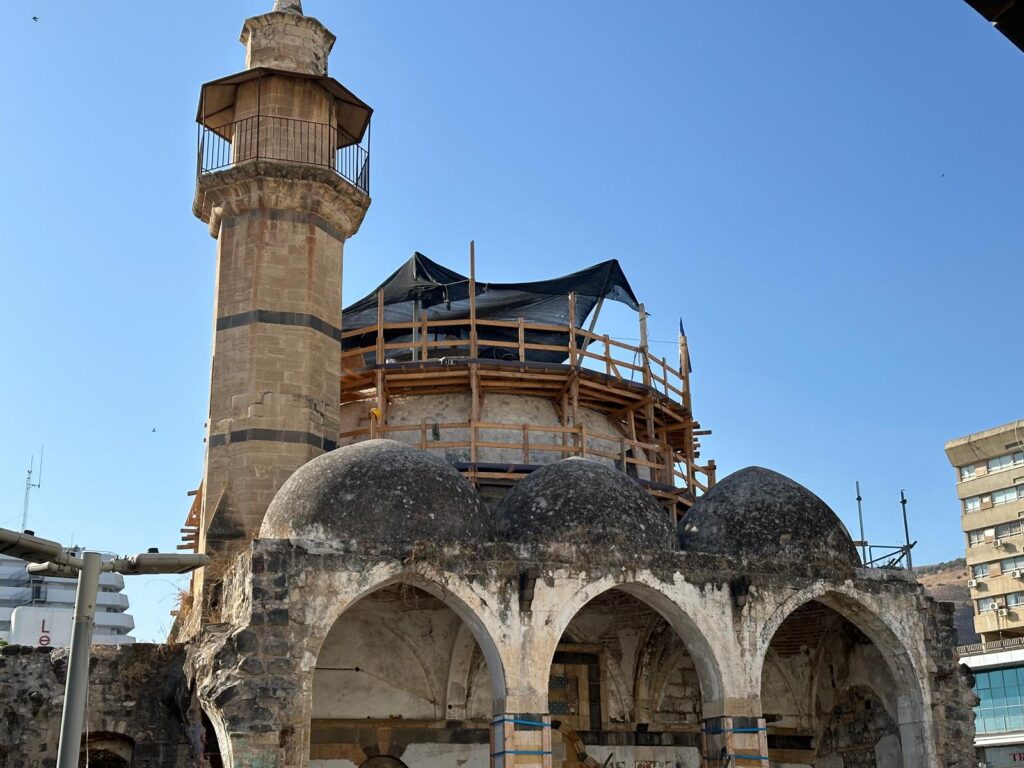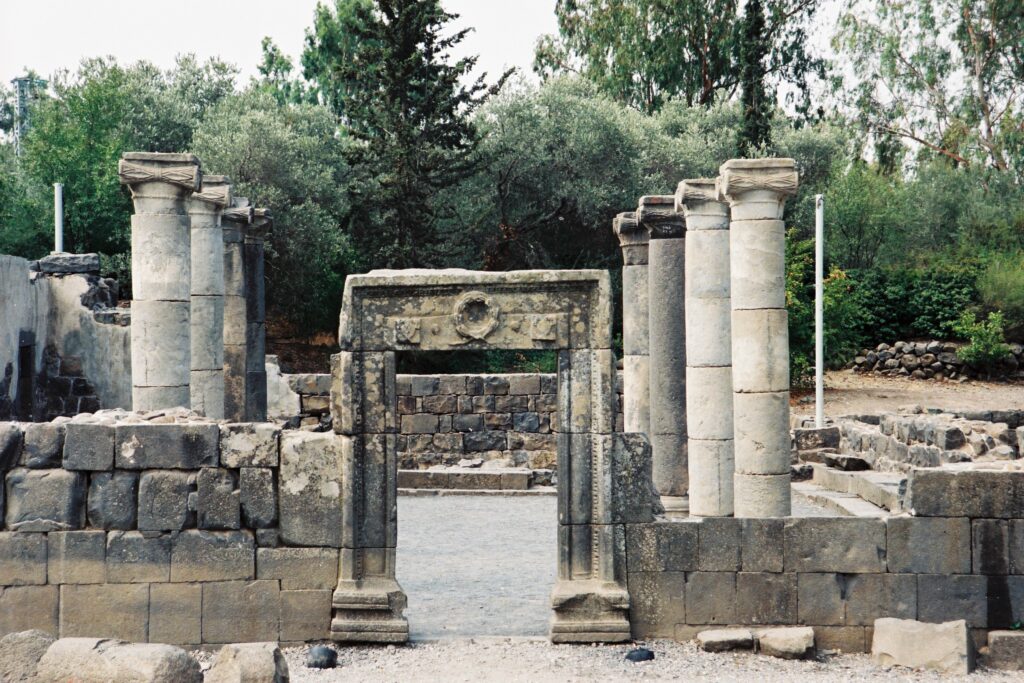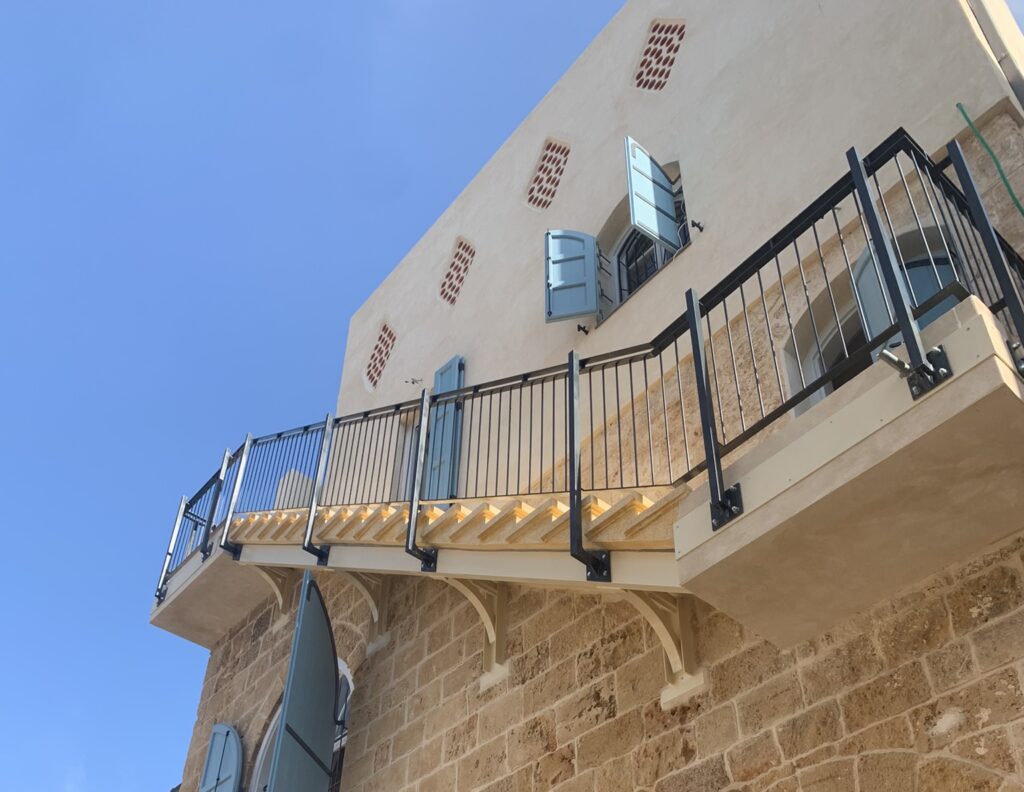Historical Background
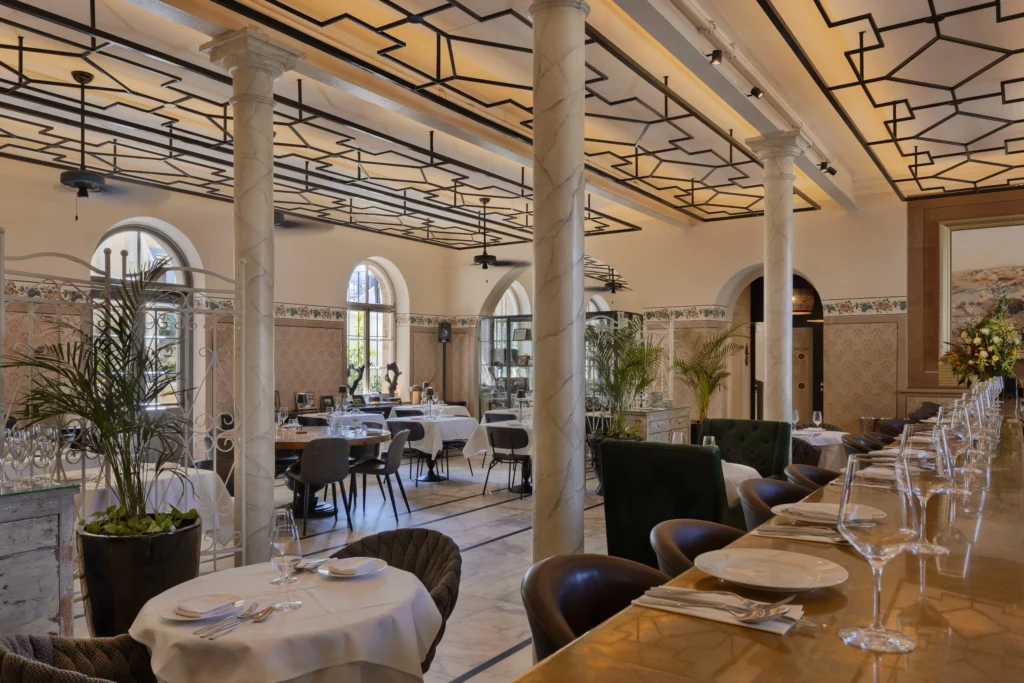
Condition Prior to Conservation
When we got to the building, it was in pretty bad shape – the magnificent ceilings and barrel vaults that once decorated the hotel had collapsed, leaving behind only a skeleton of walls. The original “kurkar” sandstones, which are a key part of the coastal region’s architectural heritage, had worn down significantly and needed major work to fix them.
Project Goals
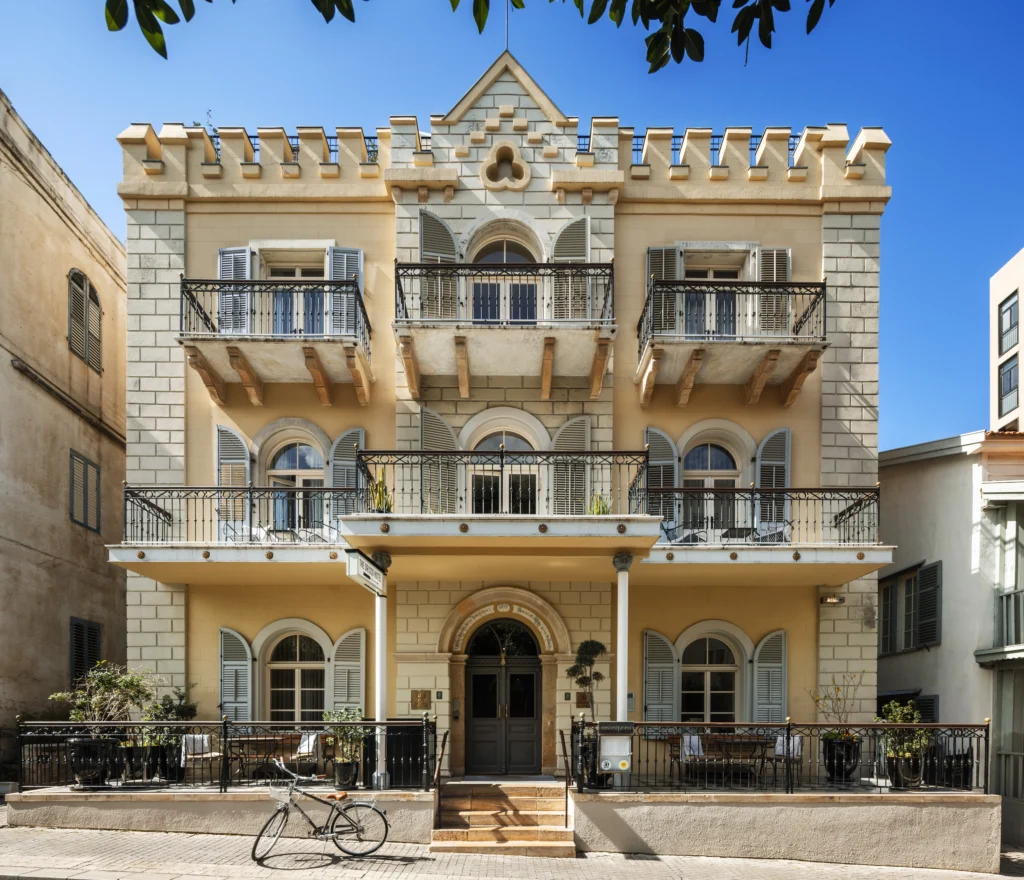
Engineering Challenges
We faced several key challenges during this project:
Installing an elevator in the ancient building without damaging the original “kurkar” sandstones. Instead of using traditional concrete, we designed a unique steel cage that can be removed – this solution shows an important principle in conservation, the principle of reversibility – adding modern elements that can be removed in the future without damaging the original structure.
Building a shelter under the historic structure. We came up with a precise method that included wall thickening and installation of special anchoring, which let us cast the shelter through a tiny opening of only 20 cm.
Fixing the crumbling kurkar stones needed special expertise. Instead of using modern cement, which could harm the stone, we used traditional lime-based construction techniques that work well with the unique character of kurkar stones.
